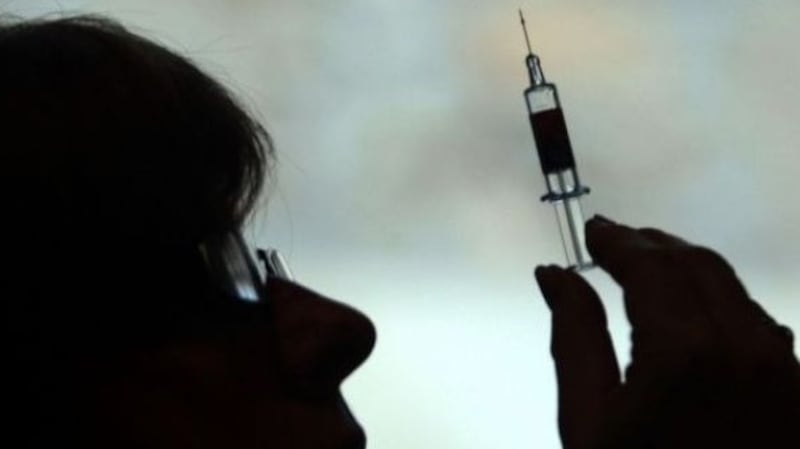Many doctors of my generation have witnessed at first hand the devastating effects of measles infection. I have seen children with profound deafness as a result; viral meningitis with a range of severity, and worst of all, a child with subacute sclerosing pan encephalitis (SSPE).
I was a medical student when a group of us were brought into a paediatric hospital cubicle for a tutorial. In the cot before us was an eight-year-old boy: his head was arched backwards at an unnatural angle, he would occasionally jerk uncontrollably, he couldn’t swallow (he needed parenteral nutrition), and he was almost completely blind.
When he was 18 months old he had contracted measles, and made an apparently full recovery. The first sign of trouble came five years later: his teacher noticed that he was no longer performing to his usual high standard, while at home he began to have temper tantrums and had difficulty sleeping. But it was when he started hallucinating and having seizures that his parents realised their child had a serious illness.
This hiatus has left us with a cohort of young people who never received the two-dose vaccine as children
After some investigations and medical consultations, they were told the devastating news that their son had developed SSPE. There is no cure, and as the inflammation spread to all parts of his brain, his respiratory centre would fail and he would die.
Remained dormant
What had happened? Instead of being eradicated by his immune system when he was a toddler, the measles virus remained dormant in his brain. It then became spontaneously active again, causing inflammation and swelling in the central nervous system. There is no treatment for SSPE – the child dies one to three years after diagnosis. It’s a truly awful illness.
I am concerned that we are witnessing a resurgence in measles infection, with potentially hundreds of children put at risk of brain damage, including by SSPE. More than 41,000 children and adults across Europe have been infected with measles in the first six months of 2018, and at least 37 people have died, according to the latest figures from the World Health Organization (WHO).

That the number of measles cases seen this year far exceeds the annual totals for every year this decade is shocking. Seven countries in Europe have seen more than 1,000 cases this year, suggesting measles is once again becoming endemic. In Ireland, we went from one to 76 cases in a comparable period last year.
There is some good news: the latest figures from the National Immunisation Office show a 92 per cent uptake of the first dose of MMR vaccine. While 95 per cent is needed to stop transmission, we have recovered from the spurious claim by disgraced medic Andrew Wakefield linking the MMR vaccine with autism, which decimated vaccination rates for a number of years.
It's very difficult to counter such insidious tactics, which come from the fake news playbook. But counter it we must
However, this hiatus has left us with a cohort of young people who never received the two-dose vaccine as children. So when they head off to Europe on an Erasmus programme or hit this summer’s big music festival on the Continent, they are vulnerable to measles infection and its complications.
Spreading disinformation
But most disturbing of all is the recent report in the American Journal of Public Health that social media bots and Russian trolls have been spreading disinformation about vaccines on Twitter.
Researchers examined thousands of both pro- and anti-vaccination tweets sent between 2014 and 2017. Vaccination is being used by trolls and sophisticated bots as a “wedge issue”, the authors note: “By playing both sides, they erode public trust in vaccination.”
It’s very difficult to counter such insidious tactics, which come from the fake news playbook. But counter it we must.
I painted some disturbing images of a largely historical illness for you earlier in this column. But what if my words were transformed into graphic images? Given the asymmetric tactics of anti-vaxxers, have we reached a point where such images become a legitimate part of pro-vaccine public campaigns?
mhouston@irishtimes.com





















